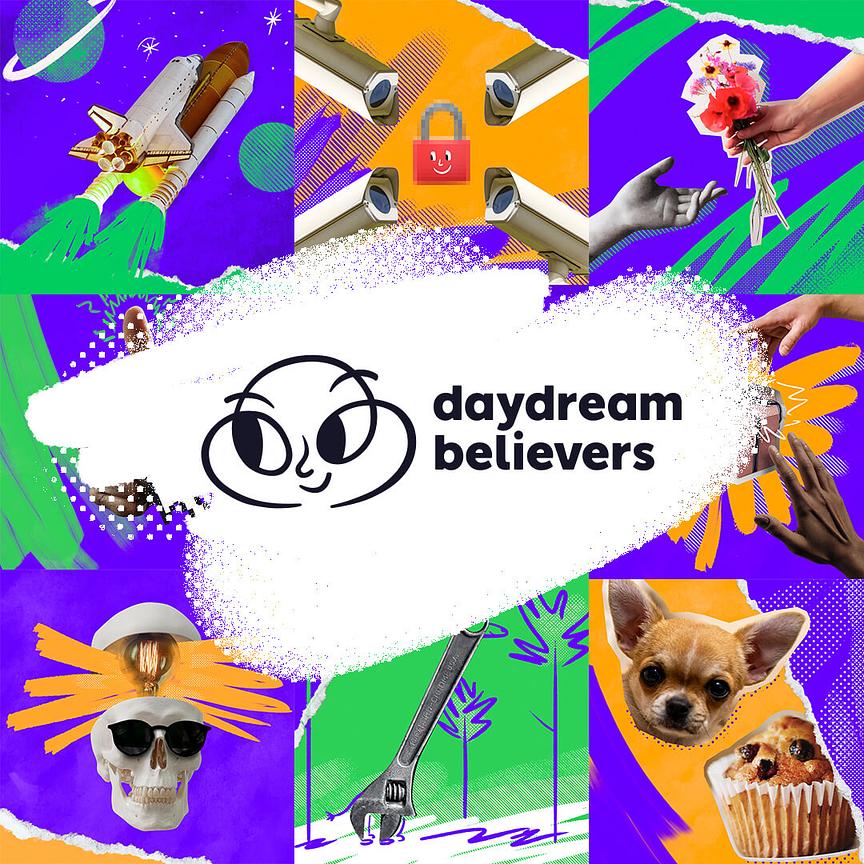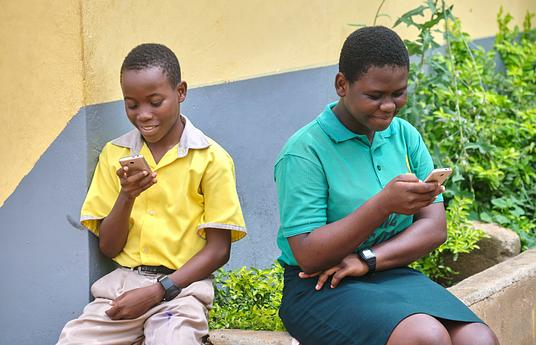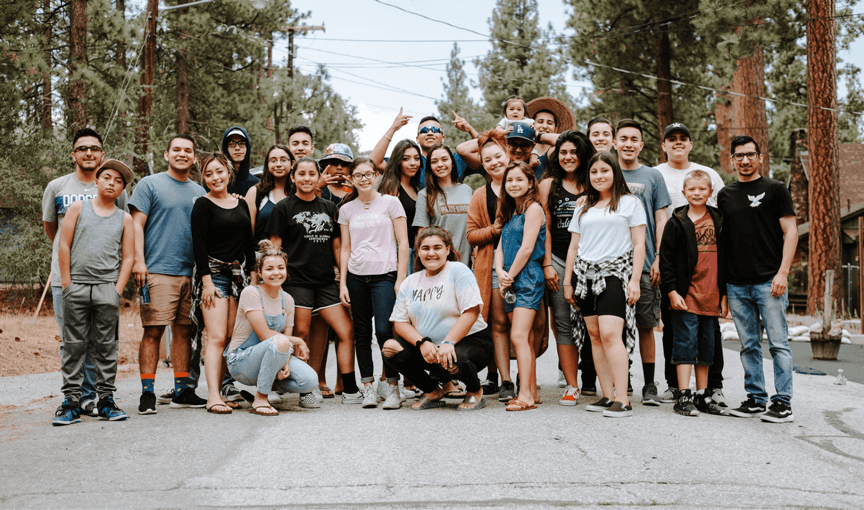We created Daydream Believers to challenge the outdated idea that creativity is a niche skill, separate from academic success or career readiness. As educators, industry leaders and students, we saw the growing gap between what young people learn in school and what they need to thrive in a rapidly changing world. Innovation, adaptability, critical thinking and emotional intelligence are increasingly demanded by employers, but these skills are often undervalued or underdeveloped in traditional education systems.
We wanted to change that. Daydream Believers was born from a shared belief that creativity is not a soft skill—it’s a core competency for the future. We set out to create a new model: one that brings education and industry together, placing creativity at the centre of learning. Our aim was to give every young person the opportunity to build the mindset and skillset they’ll need to navigate complex challenges and shape their own futures.
By creating free, open, and inclusive resources—co-designed with partners like LEGO, Dentsu Creative and Edinburgh Napier University—we support teachers to bring the real world into their classrooms. Through our Creative Thinking Qualification and Gen AI Exploration Hub, we empower learners to be curious, collaborative and brave. We built Daydream Believers to show what education could look like when creativity is not the exception, but the foundation.
Our innovation brings learning to life by connecting creative thinking, real-world challenges, and emerging technologies in a way that feels meaningful and achievable for both teachers and learners.
In the classroom, this looks like students tackling open-ended briefs—such as reimagining sustainable spaces in Forestopia or designing climate campaigns in #GetOnWithIt—with support from their teachers and our Gen AI Exploration Hub. AI may be used to provoke ideas, test possibilities or expand perspectives, but learners remain firmly in control of the direction and purpose of their work. Some develop interactive digital outputs; others create physical models, experiences or messages.
The Creative Thinking Framework provides a clear structure to guide and capture the process—encouraging exploration, collaboration and reflection. Teachers adapt this approach across subject areas, making space for learner voice and creativity. It’s not about mastering tools; it’s about nurturing the confidence and curiosity to solve problems and tell stories in new, human-centred ways.
Our innovation has been spreading through meaningful collaboration, global partnerships, and a shared commitment to reimagining education. The Creative Thinking Qualification is now embedded in schools across Scotland and is drawing international interest.
We co-created the Creative Thinking Festival in Sydney, bringing together educators, students, and industry leaders to showcase the power of creativity in education.
Our speculative futures project, Solarpunk Island, has been delivered in classrooms in New Zealand and the United States, demonstrating how our resources can adapt across cultural and curricular contexts. The free, open-access nature of our tools—including the Gen AI Exploration Hub and industry-designed challenges—makes them highly accessible, allowing schools to adopt the approach at their own pace.
Our model spreads not just through formal systems but through networks of passionate educators who see the value of putting creativity, critical thinking, and ethical AI use at the heart of learning. It’s a movement driven by relevance, inclusion, and possibility.
We continue to develop our innovation to meet the evolving needs of educators and learners. Most recently, we launched the **Dreamers and Doers** playlist—a new set of creative challenges that deepen innovation and imagination while embedding AI meaningfully into every stage of the process. These resources support learners to use AI not just as a generator, but as a thinking partner—helping them test, iterate, and reflect with purpose.
We’ve also begun translating key resources into Gaelic—a significant step in making our work more inclusive and reflective of Scotland’s cultural and linguistic diversity. While rooted locally, this move signals our commitment to educational equity and cultural relevance. By making creativity and AI education accessible in Gaelic, we’re supporting identity, community and voice—core values that are vital in any meaningful learning experience. These updates show our ongoing belief that creativity belongs to everyone, in every language, and every context.
Our experience has proven both the impact and scalability of our approach. If you’re ready to bring more creativity, curiosity, and future-readiness into your classroom or system, it’s easy to get started.
All of our resources—including our AI-supported challenges and the Creative Thinking Qualification—are completely free to download at https://daydreambelievers.co.uk. You can filter by age, theme, and time to find what works best for your learners. Our new AI Exploration Hub and Dreamers and Doers playlist offer even more entry points for embedding AI and creative thinking across subjects.
We are already working with schools, colleges and partners in Scotland and internationally, and we’re always open to new collaborations. Whether you're a teacher, school leader, policymaker or industry partner, we’d love to hear from you—especially if you're interested in embedding our Creative Thinking Qualification, adapting our resources for your context, or exploring how AI can be used ethically and imaginatively in learning. Contact us at hello@daydreambelievers.co.uk and join a growing movement to reimagine education for the world ahead.



